McLaren team principal Andrea Stella has revealed why McLaren's skid blocks became excessively worn down during the Las Vegas Grand Prix, leading to a painful double disqualification.
Lando Norris and Oscar Piastri ended the race in second and fourth respectively, while Max Verstappen took victory for Red Bull.
However, following post-race technical checks, the McLaren duo were thrown out of the results after it was found that the floor skid blocks exceeded the maximum wear allowance.
Stella has denied that McLaren took a risk with its set-up, countering that the Woking-based squad added a safety margin to ensure it did not run into trouble.
“The specific cause that led to the situation was the unexpected occurrence of extensive porpoising, inducing large vertical oscillations of the car,“ Stella said.
“The level of porpoising was exacerbated by the conditions in which the car operated during the race, and it was not anticipated based on what we had seen in practice and based on the predictions of the car operating window in the race.
“Based on the data we had acquired in practice, we do not believe we took excessive risks in terms of ride height and we also added a safety margin for qualifying and the race, compared to practice, in terms of clearance to the ground.
“However, the safety margin was negated by the unexpected onset of the large vertical oscillations, which caused the car to touch the ground.
“The porpoising condition that the car developed in the race was also a difficult one to mitigate, as even a reduction in speed – an action that, in theory, should increase clearance to the ground – was only effective in some parts of the track but in others was actually counterproductive.”
Viewed by others:
McLaren dismiss consequences for final F1 races
McLaren knew early on in the grand prix that the bouncing was a cause for worry, but highlighted that it was limited by the data being received.
“From the early laps of the race, it was clear from the data that the level of unexpected porpoising would be a concern,” Stella said.
“We were able to monitor the situation better on Lando’s car using telemetry data, but it was made more difficult on Oscar’s car, after we lost one of the sensors we use to establish the level of grounding.
“We realised relatively soon that this level of porpoising was causing a high level of skid wear energy and this is the reason why both drivers started to take remedial actions in various parts of the circuit.
“Unfortunately, we also saw that, because of the car operating window and the circuit characteristics, most of these actions were not effective enough in reducing porpoising.”
With both McLaren drivers fighting for the drivers' championship, it marked a significant blow to the team as it allowed Verstappen to further close the gap to the lead of the standings.
But following the drama in Las Vegas, Stella downplayed the possibility of the concern carrying over to Qatar and Abu Dhabi - the final two rounds of the season.
“The conditions we experienced last weekend and which led to the onset of porpoising and excess of grounding, compared to what was expected, are very specific to the operating window of the car in Vegas and the circuit characteristics,” he said.
“We have a well-established and consolidated way of setting up the car and we are confident that this will lead us to an optimal plan for the coming races, starting from the Lusail International Circuit.
“Nevertheless, we learn from every lesson and the one in Las Vegas has been able to provide some useful information about the operating window of the car and the porpoising regime.”
Don't miss out on any of the Formula 1 action thanks to this handy 2026 F1 calendar that can be easily loaded into your smartphone or PC.
Download the calenderMost read
In this article


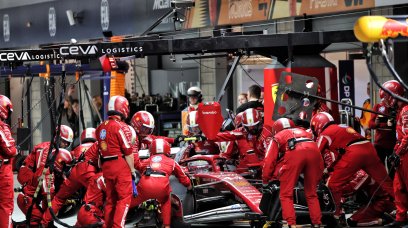
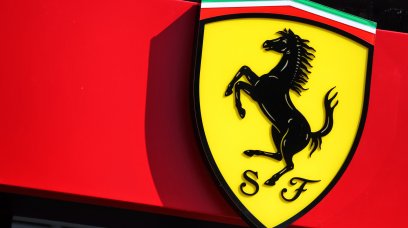
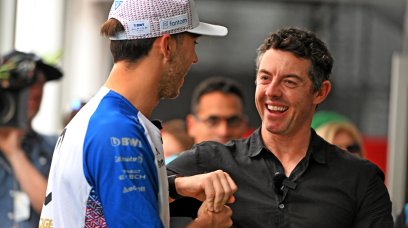

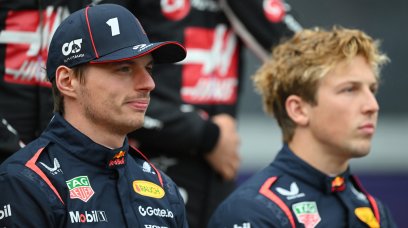
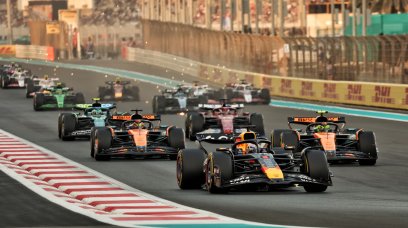

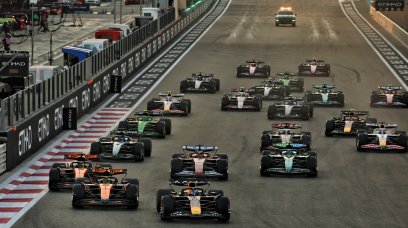
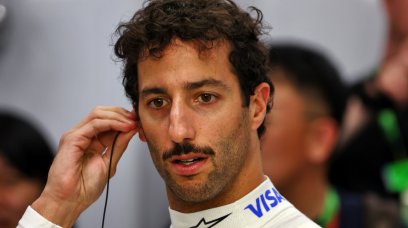
Join the conversation!